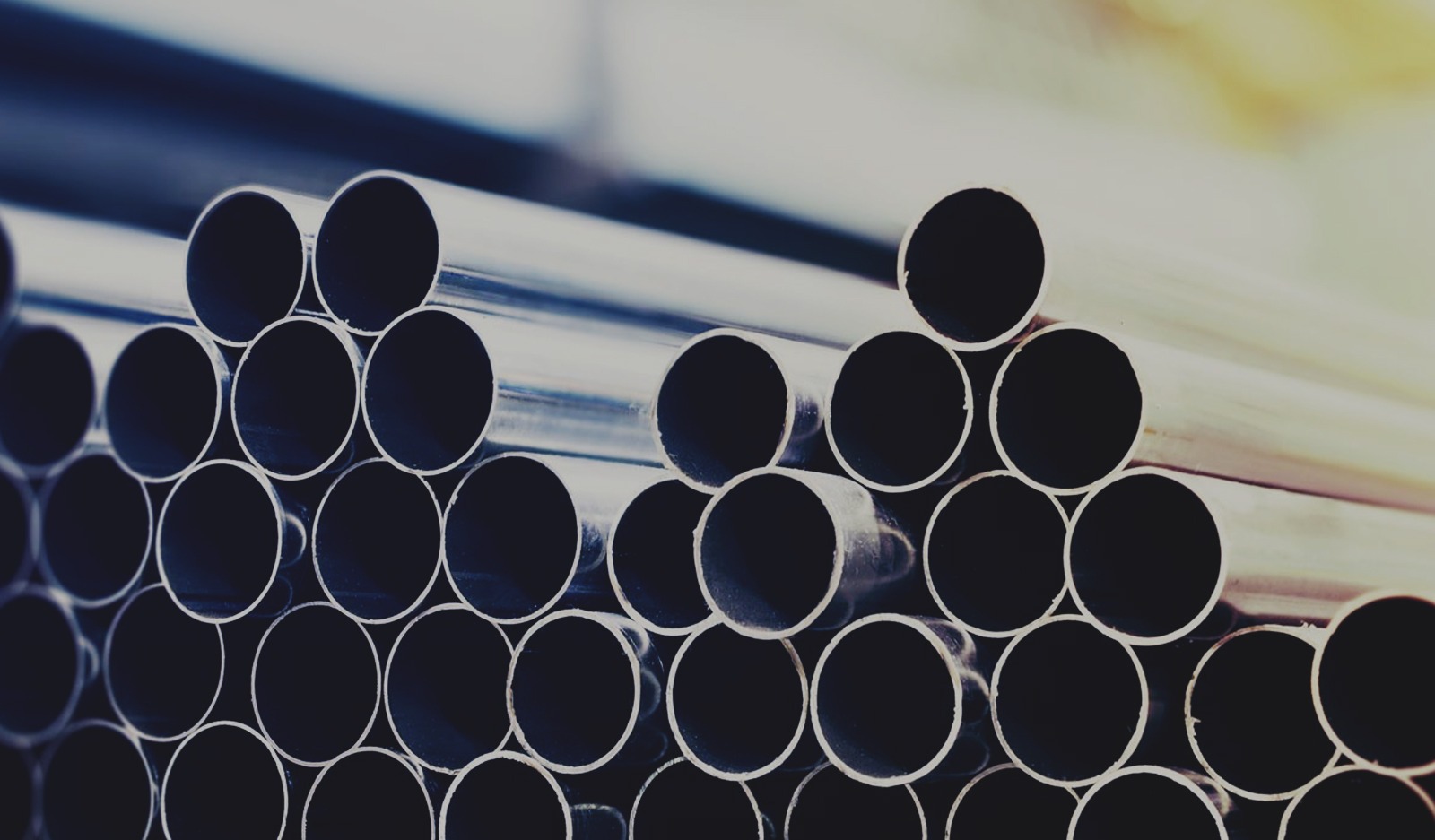Building with steel has many benefits. Aside from being an essential aesthetic element in modern architecture and design, as well as its strength and versatility, building with steel also has environmental benefits.

Are you considering utilising steel in your next eco-friendly creation? Have a look at some of the many environmental benefits of steel.
Recyclability
One incredible thing about steel is the fact that it can be recycled. Being able to repurpose or remanufacture steel equates into less depletion of our natural environment, such as our forests which are necessary to filter the atmosphere so that we have cleaner air to breathe. The metallurgic properties of steel mean that when it is recycled, no degradation occurs whatsoever. This means that it can be melted down and reused an infinite amount of times without being compromised in any way. Natural iron ore reserves are limited and require costly mining operations that also destroy many natural landscapes. Recycled steel uses less energy to refine, purify, and shape components. What’s even better is that the strength of the steel is not compromised when it is recycled. Moreover, recycling ensures that a lot of metal does not end up in our landfills.
Durability
Because stainless steel has such a long life-span it is a more sustainable material than wood for both structural systems and protective coverings, such as exterior cladding, skins, roofs, and marine exteriors. Steel construction systems are well suited for projects that require resistance to natural forces, such as high winds, moisture, and sea salt. Stainless is especially durable in that it has anti-corrosive properties and will not succumb to rust or the exposure to pollutants. It should also be noted that stainless steel is more fire-resistant than other metal building components. Rather than having to fix and maintain an existing structure regularly, you can rely on steel as a more durable and sustainable material.
Energy Efficiency
Another environmental benefit of steel is its energy efficiency. Steel exterior wall systems are perfect for holding large areas of insulation between structural members. Steel framing is also a perfect match with rain screen facades. These facades can also be made of stainless steel panels. Due to better insulation and the ability for the façade to the system to remove moisture quickly, building interiors are warmer in cold weather, cooler in hot weather, and moisture-free in wet climates. This reduces heating and cooling costs, resulting in lower utility usage, and putting less of a strain on our fuel reserves of oil, gas, and coal, while also reducing electricity usage.
Reusing water and slag
Water is one of the most important elements for steel production. It is mainly used in the cooling process, as well as for cleaning and descaling. While this water does become contaminated in steel production, most of the impurities can be removed through special filtration processes, making 98% of the water reusable.
Another bi-product of steel production is slag, a stony waste product separated from metals during the smelting of ore. In the past, slag was dumped by steel manufacturers as it was considered unusable and this had some devastating impacts on the environment. However, today slag is almost entirely repurposed for use in cement.
If you are considering structural steel in Sydney and would like a professional opinion, we can help. Our team of expert steel fabricators have the experience and knowledge to answer any of your questions and will ensure that you find the best solution to suit your needs.